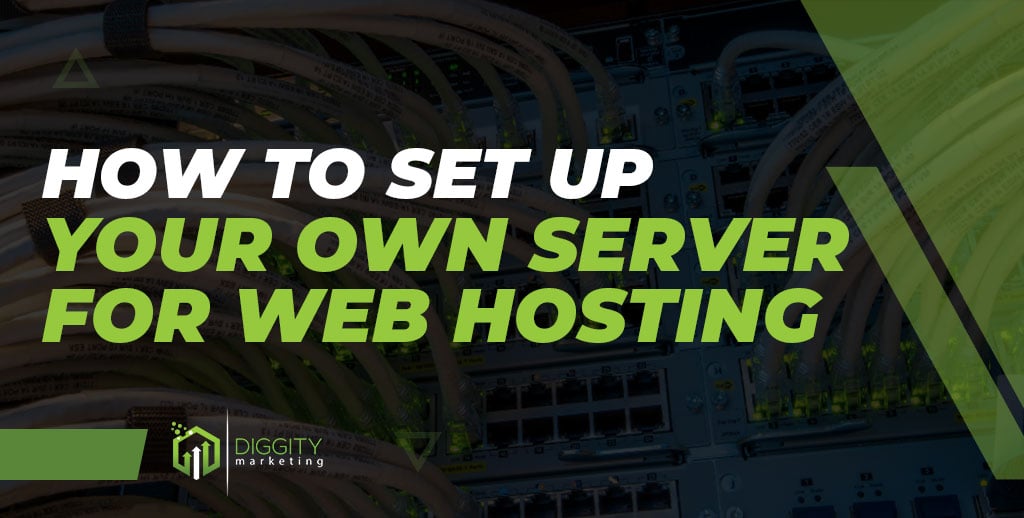How to Setup Your Own Server for Web Hosting
Setting up your own server for web hosting can be a rewarding and cost-effective way to host your website. By having your own server, you have complete control over your website’s performance, security, and customization options. In this guide, we will walk you through the process of setting up your own server for web hosting.
Step 1: Choose the Right Hardware
The first step in setting up your own server for web hosting is to choose the right hardware. You will need a reliable server computer that has enough processing power, memory, and storage to handle your website’s traffic and data. You can either build your own server using custom hardware components or purchase a pre-built server from a reputable vendor.
Step 2: Install an Operating System
Once you have chosen the right hardware for your server, the next step is to install an operating system. Linux is a popular choice for web hosting servers due to its stability, security, and flexibility. You can choose from distributions such as Ubuntu, CentOS, or Debian. Alternatively, you can install Windows Server if you prefer a Windows-based operating system.
Step 3: Configure Network Settings
After installing the operating system, you will need to configure the network settings for your server. This includes setting up IP addresses, DNS settings, and firewall rules to ensure that your server is accessible over the internet. You may also need to configure port forwarding on your router to allow traffic to reach your server.
Step 4: Install Web Server Software
Once the network settings are configured, the next step is to install web server software on your server. Popular web servers include Apache, Nginx, and Microsoft Internet Information Services (IIS). These servers will handle incoming HTTP requests and serve your website’s content to visitors. You can also install databases such as MySQL or PostgreSQL if your website requires database functionality.
Step 5: Secure Your Server
Security is a critical aspect of web hosting, so it is important to secure your server against potential threats and vulnerabilities. You can implement security measures such as installing SSL certificates, configuring firewalls, and regularly updating your server software to protect your website and data from hackers and cyber attacks.
Step 6: Backup Your Data
Regularly backing up your website’s data is essential to prevent data loss in case of hardware failures, software errors, or security breaches. You can use backup solutions such as rsync, R1Soft, or CodeGuard to create automated backups of your website’s files and databases. It is recommended to store backups in a secure location separate from your server to ensure data redundancy.
Step 7: Monitor Server Performance
Monitoring your server’s performance is crucial to ensure that your website runs smoothly and efficiently. You can use monitoring tools such as Nagios, Zabbix, or New Relic to track server metrics such as CPU usage, memory utilization, disk space, and network traffic. By monitoring your server, you can identify performance issues and take proactive steps to optimize your website’s performance.
Step 8: Scale Your Server as Needed
As your website grows and attracts more traffic, you may need to scale your server to handle the increased load. You can add more memory, storage, or processing power to your server, or you can migrate to a dedicated server or cloud hosting solution for more scalability and reliability. By scaling your server, you can ensure that your website remains fast and responsive to your visitors.
Conclusion
Setting up your own server for web hosting can be a challenging but rewarding experience. By following the steps outlined in this guide and taking proactive measures to secure and monitor your server, you can create a reliable and efficient hosting environment for your website. Whether you are hosting a personal blog, e-commerce site, or business website, having your own server gives you the flexibility and control to customize your hosting environment to meet your specific needs.
